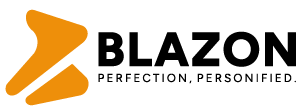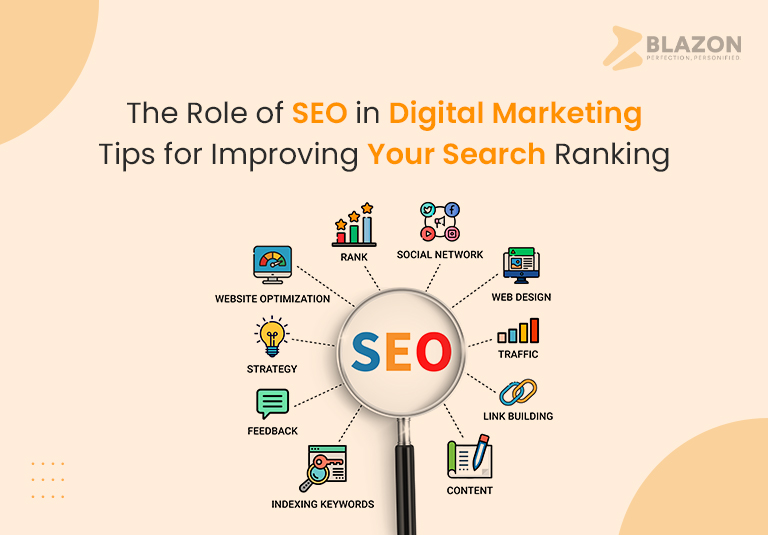Welcome to the world of SEO! If you’ve ever wondered how websites climb to the top of search engine results, you’re about to discover the secrets. SEO, or Search Engine Optimization, is the art and science of making your website attractive to search engines like Google, Bing, and Yahoo.
In this guide, we’ll break down the essentials of SEO in a friendly, easy-to-understand way, so you can start improving your website’s visibility and traffic today.
What is SEO?
SEO stands for Search Engine Optimization. It involves optimizing your website to rank higher in search engine results pages (SERPs). The higher your site ranks, the more likely people are to click on it. SEO is crucial because it helps drive organic (unpaid) traffic to your site, increasing your chances of attracting potential customers.
Why is SEO Important?
- Increased Visibility: The higher your website ranks, the more visible it is to potential visitors. This means more traffic and, ultimately, more business.
- Credibility and Trust: Websites that rank higher are often perceived as more credible and trustworthy.
- Cost-Effective: Unlike paid advertising, organic traffic is free. Once you’ve invested in SEO, the ongoing maintenance costs are minimal.
- Better User Experience: Good SEO practices also improve the user experience on your site, making it more enjoyable for visitors.
How Search Engines Work
Search engines like Google use complex algorithms to determine which websites are the most relevant and valuable for a given search query. They crawl, index, and rank websites based on hundreds of factors, including content quality, keyword usage, site structure, and backlinks.
- Crawling: Search engines use bots, also known as spiders, to discover new and updated content on the web. These bots follow links from one page to another and collect data about those pages.
- Indexing: Once a page is crawled, it’s added to the search engine’s index. This index is a massive database of all the content the search engine has discovered.
- Ranking: When someone enters a search query, the search engine looks through its index to find the most relevant results. It then ranks these results based on various factors, such as keyword relevance, site authority, and user experience.
Keyword Research
Keywords are the foundation of SEO. They are the words and phrases people use when searching for information online. Finding the right keywords is crucial for attracting the right audience to your website.
- Brainstorming: Start by brainstorming a list of words and phrases related to your business or topic. Think about what your potential customers might be searching for.
- Using Tools: Use keyword research tools like Google Keyword Planner, Ahrefs, or SEMrush to find keywords related to your list. These tools can show you the search volume and competition for each keyword.
- Analyzing Competitors: Look at the keywords your competitors are targeting. This can give you ideas and help you identify gaps in your own strategy.
- Long-Tail Keywords: Focus on long-tail keywords (phrases with three or more words). They may have lower search volumes, but they are often less competitive and more specific, making it easier to rank for them.
On-Page SEO
On-page SEO involves optimizing the content and structure of your website to make it more search engine-friendly.
- Title Tags: Each page on your site should have a unique title tag that includes your target keyword. Title tags are one of the most important on-page SEO factors.
- Meta Descriptions: Write compelling meta descriptions for each page. These should include your target keyword and give a brief summary of the page’s content. Meta descriptions don’t directly affect rankings, but they can influence click-through rates.
- Headings: Use headings (H1, H2, H3, etc.) to structure your content. The H1 tag should include your main keyword, and subheadings should include related keywords.
- Content: Create high-quality, valuable content that answers the questions your audience is asking. Use your keywords naturally within the content, but avoid keyword stuffing.
- URLs: Make your URLs clean and descriptive. Include your target keyword in the URL, and avoid using long, complicated strings of numbers or characters.
- Internal Linking: Link to other pages on your site using relevant anchor text. This helps search engines understand the structure of your site and can improve the rankings of linked pages.
- Images: Optimize your images by using descriptive file names and alt text. This helps search engines understand what the images are about and can improve your chances of ranking in image search results.
Technical SEO
Technical SEO involves optimizing the technical aspects of your website to improve its visibility and performance in search engines.
- Site Speed: A fast-loading site provides a better user experience and can improve your rankings. Use tools like Google PageSpeed Insights to identify and fix speed issues.
- Mobile-Friendliness: Ensure your site is mobile-friendly. Google uses mobile-first indexing, meaning it primarily uses the mobile version of your site for ranking purposes.
- Sitemap: Create and submit an XML sitemap to search engines. This helps them find and index all the pages on your site.
- Robots.txt: Use a robots.txt file to control which pages search engines can crawl and index.
- HTTPS: Secure your site with HTTPS. Search engines give preference to secure sites, and it also helps build trust with your visitors.
- Structured Data: Use structured data (schema markup) to help search engines understand your content better. This can enhance your search listings with rich snippets, improving click-through rates.
Off-Page SEO
Off-page SEO involves activities outside of your website that can improve its rankings.
- Backlinks: Backlinks are links from other websites to your site. They are one of the most important ranking factors. Focus on earning high-quality backlinks from reputable sites in your industry.
- Social Media: Promote your content on social media to increase its visibility and drive traffic to your site. While social signals are not a direct ranking factor, they can indirectly affect your rankings by increasing the number of backlinks and traffic to your site.
- Guest Blogging: Write guest posts for other blogs in your industry. This can help you build relationships, earn backlinks, and increase your visibility.
- Online Directories: Submit your site to relevant online directories and local business listings. This can improve your local SEO and drive traffic to your site.
Measuring and Analyzing SEO Performance
To know if your SEO efforts are paying off, you need to measure and analyze your performance.
- Google Analytics: Use Google Analytics to track your website traffic, user behavior, and conversions. It can help you understand which pages are performing well and which need improvement.
- Google Search Console: Google Search Console provides insights into how your site is performing in search results. It shows you which keywords you are ranking for, your click-through rates, and any technical issues that need fixing.
- Rank Tracking Tools: Use rank tracking tools like Ahrefs, SEMrush, or Moz to monitor your keyword rankings over time.
- Backlink Analysis: Use tools like Ahrefs or Majestic to analyze your backlink profile. Identify which sites are linking to you and ensure they are high-quality links.
Common SEO Mistakes to Avoid
- Keyword Stuffing: Overusing keywords can make your content sound unnatural and can lead to penalties from search engines.
- Duplicate Content: Avoid using the same content on multiple pages. Duplicate content can confuse search engines and harm your rankings.
- Ignoring Mobile Optimization: With the majority of searches happening on mobile devices, it’s crucial to have a mobile-friendly site.
- Buying Links: Avoid buying links or participating in link schemes. Search engines can detect these tactics and penalize your site.
- Neglecting Local SEO: If you have a local business, don’t neglect local SEO. Optimize your Google My Business listing and get reviews from customers.
Conclusion
SEO may seem complex, but with the right approach, it becomes manageable and rewarding. By understanding the basics and implementing the strategies outlined in this guide, you can improve your website’s visibility, attract more traffic, and ultimately grow your business. Remember, SEO is an ongoing process, so keep learning, experimenting, and adapting to stay ahead of the competition.
Additional Resources
- Google’s SEO Starter Guide: A comprehensive guide from Google covering the basics of SEO.
- Moz’s Beginner’s Guide to SEO: An in-depth guide to SEO for beginners.
- Ahrefs Blog: Regular updates and insights on SEO from industry experts.
- Search Engine Journal: News, tips, and tutorials on SEO and digital marketing.





